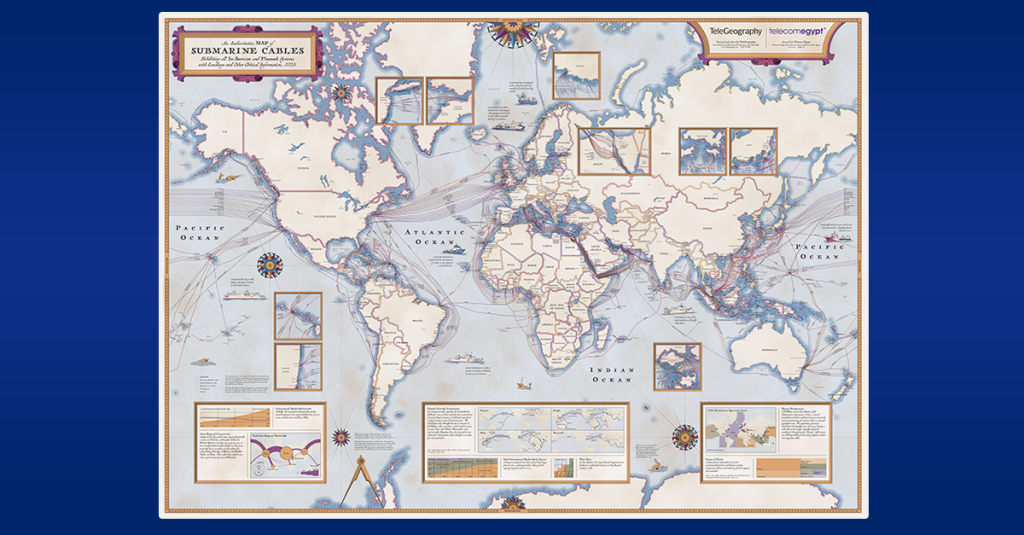
In today’s world, where the internet has become an indispensable part of our daily lives, it’s easy to take for granted the elaborate network of communication cables that connect us all. One of the most critical components of this network is the vast system of submarine cables that lie beneath the world’s oceans, serving as the lifeline of global communication.
Submarine cables have been around for more than a century, dating back to the first transatlantic telegraph cable laid in 1858. Since then, technology has advanced significantly, and these cables now carry the vast majority of internet traffic, enabling us to communicate with anyone, anywhere in the world in mere milliseconds.
The network of submarine cables is truly impressive – spanning over hundreds of thousands of kilometers across the world’s oceans. These cables are typically made of several layers of protective materials, including steel wires, polyethylene, and copper or aluminum conductors. They are then encased in a tough outer layer to protect them from the harsh conditions of the ocean floor, such as extreme pressure, cold temperatures, and potential damage from fishing boats or ship anchors.
The operation of these submarine cables is an incredible feat of engineering and logistics. Installing them involves specialized ships and crews, who carefully lay the cables on the ocean floor, often in depths of several thousand meters. The cables are then connected to communication hubs on land, where they are then routed to various destinations around the world.
The importance of submarine cables cannot be overstated. They form the backbone of the global internet infrastructure, carrying an estimated 97% of international data traffic. Without these cables, our ability to communicate, access information, and conduct business on a global scale would be severely compromised.
Unfortunately, submarine cables are not immune to disruptions. They can be damaged by natural disasters, such as earthquakes or underwater landslides, or by human activities, such as fishing trawlers or ship anchors. When a cable is damaged, it can disrupt internet connectivity for entire regions, causing widespread outages and economic losses.
Despite these challenges, the industry is constantly evolving to improve the resilience and capacity of submarine cables. New technologies, such as fiber-optic cables and advanced routing techniques, are being implemented to enhance speed and reliability. In addition, efforts are underway to diversify the routes and landing points of cables to minimize the risk of disruptions.
In conclusion, submarine cables are the unsung heroes of global communication, enabling us to stay connected with the world and each other in ways that were unimaginable just a few decades ago. As we continue to rely more on digital communication, the importance of these cables will only grow, making it essential to invest in their maintenance and protection to ensure the continued flow of information across the globe.








